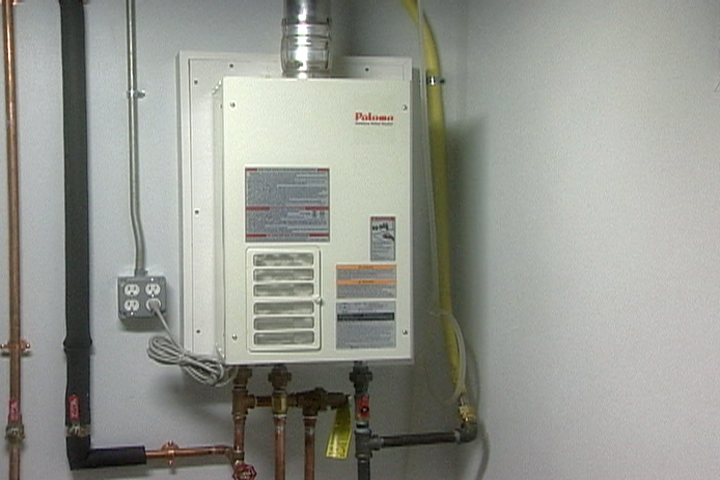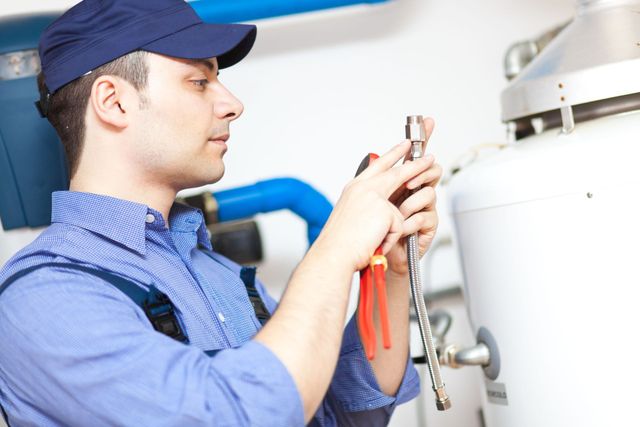This post below about What Kind of Maintenance Do Water Heaters Need? is truly interesting. You should read it.

Hot water is vital for everyday convenience, whether it's for a revitalizing shower or washing dishes. To ensure your hot water system runs successfully and lasts longer, routine upkeep is crucial. This post gives sensible pointers and understandings on exactly how to preserve your home's hot water system to stay clear of disturbances and expensive repairs.
Intro
Preserving your home's warm water system might appear daunting, yet with a few simple actions, you can ensure it operates efficiently for years ahead. This guide covers everything from comprehending your warm water system to DIY upkeep ideas and knowing when to call expert aid.
Relevance of Keeping Your Warm Water System
Regular maintenance not just expands the life expectancy of your warm water system yet additionally ensures it runs effectively. Neglecting upkeep can result in reduced efficiency, higher power bills, and even early failure of the system.
Indicators Your Warm Water System Requirements Upkeep
Recognizing when your hot water system requires focus can protect against major problems. Keep an eye out for signs such as inconsistent water temperature level, weird sounds from the heating unit, or rustic water.
Understanding Your Hot Water System
Prior to diving right into maintenance tasks, it's practical to understand the fundamental parts of your hot water system. Usually, this consists of the hot water heater itself, pipes, anode rods, and temperature level controls.
Month-to-month Maintenance Tasks
Routine regular monthly checks can assist capture small concerns before they intensify.
Flushing the Water Heater
Flushing your hot water heater eliminates sediment accumulation, boosting efficiency and prolonging its life.
Checking and Replacing Anode Rods
Anode poles protect against deterioration inside the container. Inspecting and changing them when worn is critical.
Examining and Changing Temperature Level Settings
Readjusting the temperature level setups makes sure ideal performance and safety.
Do It Yourself Tips for Upkeep
You can perform several upkeep tasks yourself to maintain your warm water system in leading condition.
Checking for Leakages
Frequently evaluate pipelines and links for leakages, as these can result in water damages and greater bills.
Examining Stress Alleviation Valves
Testing the stress safety valve ensures it works appropriately and protects against too much stress build-up.
Protecting Pipes
Shielding hot water pipelines decreases warm loss and can save energy.
When to Call an Expert
While do it yourself upkeep is beneficial, some problems call for specialist knowledge.
Complicated Problems Needing Expert Assistance
Instances include significant leakages, electric troubles, or if your water heater is regularly underperforming.
Regular Professional Maintenance Perks
Specialist upkeep can include comprehensive assessments, tune-ups, and making certain conformity with safety and security standards.
Conclusion
Regular upkeep of your home's hot water system is crucial for efficiency, long life, and expense financial savings. By complying with these pointers and knowing when to seek professional aid, you can ensure a dependable supply of warm water without unanticipated interruptions.
How to Maintain an Instant Hot Water Heater
- Before tinkering with your hot water heater, make sure that it’s not powered on. You also have to turn off the main circuit breaker and shut off the main gas line to prevent accidents. Also turn off the water valves connected to your unit to prevent water from flowing into and out of the appliance.
- 2. When you’re done, you have to detach the purge valves’ caps. These look like the letter “T†and are situated on either side of the water valves. Doing so will release any pressure that has accumulated inside the valves while at the same time avoid hot water from shooting out and burning your skin.
- 3. When the purge valves’ caps are removed, you have to connect your hosing lines to the valves. Your unit should have come with three hoses but if it didn’t, you can purchase these things from any hardware or home repair shops. You can also get them from retail stores that sell water heating systems. Read the user’s manual and follow it to complete this task properly. When the hosing lines are connected, open the purge port’s valves.
- 4. You should never use harsh chemical cleaners or solutions when cleaning your unit. Make use of white vinegar instead. It should be undiluted and you’ll probably use about 2 gallons.
- 5. Now flush your water heater. This task should probably take about 40 minutes. We can’t give you specific directions for this because the procedure is carried out depending on the type, model and brand of your heater. With that being said, refer to the user’s manual.
- 6. When you’re done draining the unit, you have to turn off the purge port valves again. Remove the hosing lines that you earlier installed on each of the water valves. Put the valve caps (purge port) back in their respective places and be very careful so as not to damage the rubber discs that are found inside these caps.
- 7. Now that everything’s back in place, check your user’s manual again to find out how to reactivate your water heating system.
- 8. Once it is working, turn one of your hot water faucets on just to let air pass through the heater’s water supply pipes. Leave the tap on until water flows smoothly out of it.
https://www.orrplumbing.com/blog/2014/september/how-to-maintain-an-instant-hot-water-heater/

We were brought to that write-up about How to Maintain a Hot Water Heater in a Few Simple Steps through someone on a different blog. Enjoyed our posting? Please quickly share it. Help someone else locate it. Thank you for your time spent reading it.
Visit My Web Page
Comments on “Caring for Your Home's Hot Water System: Key Guidelines”